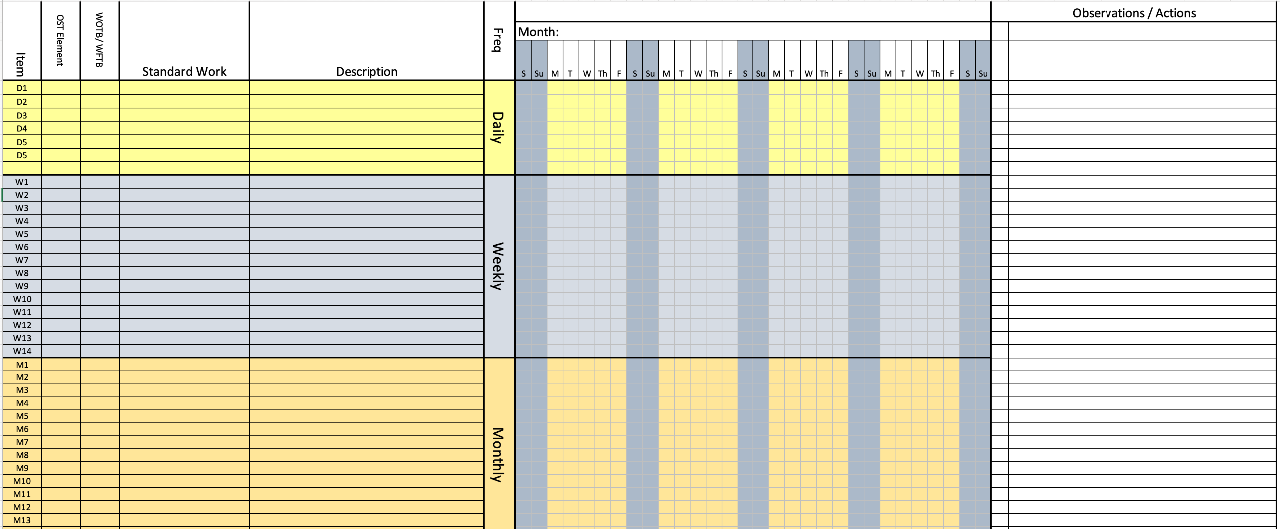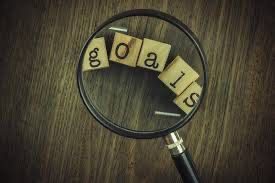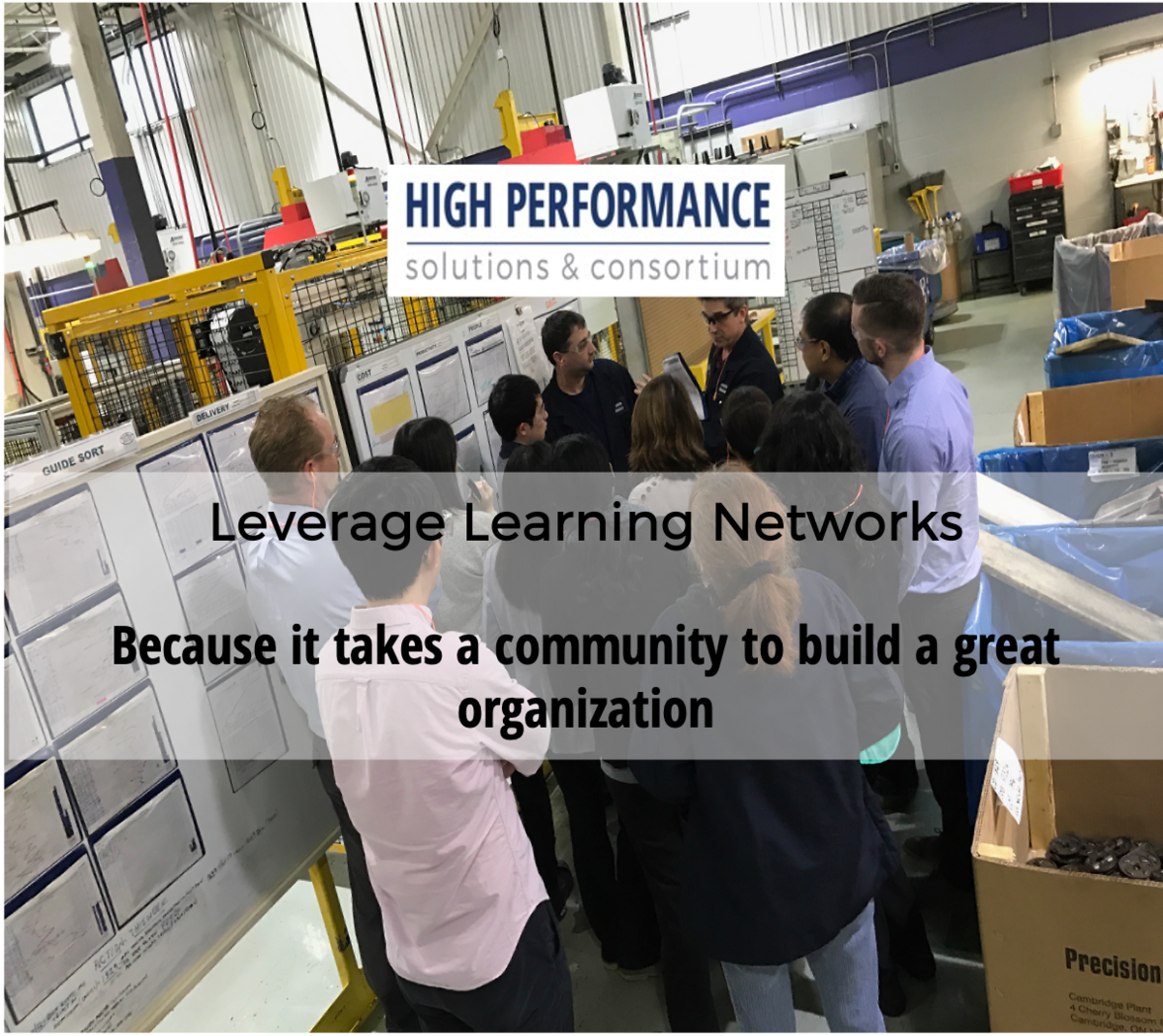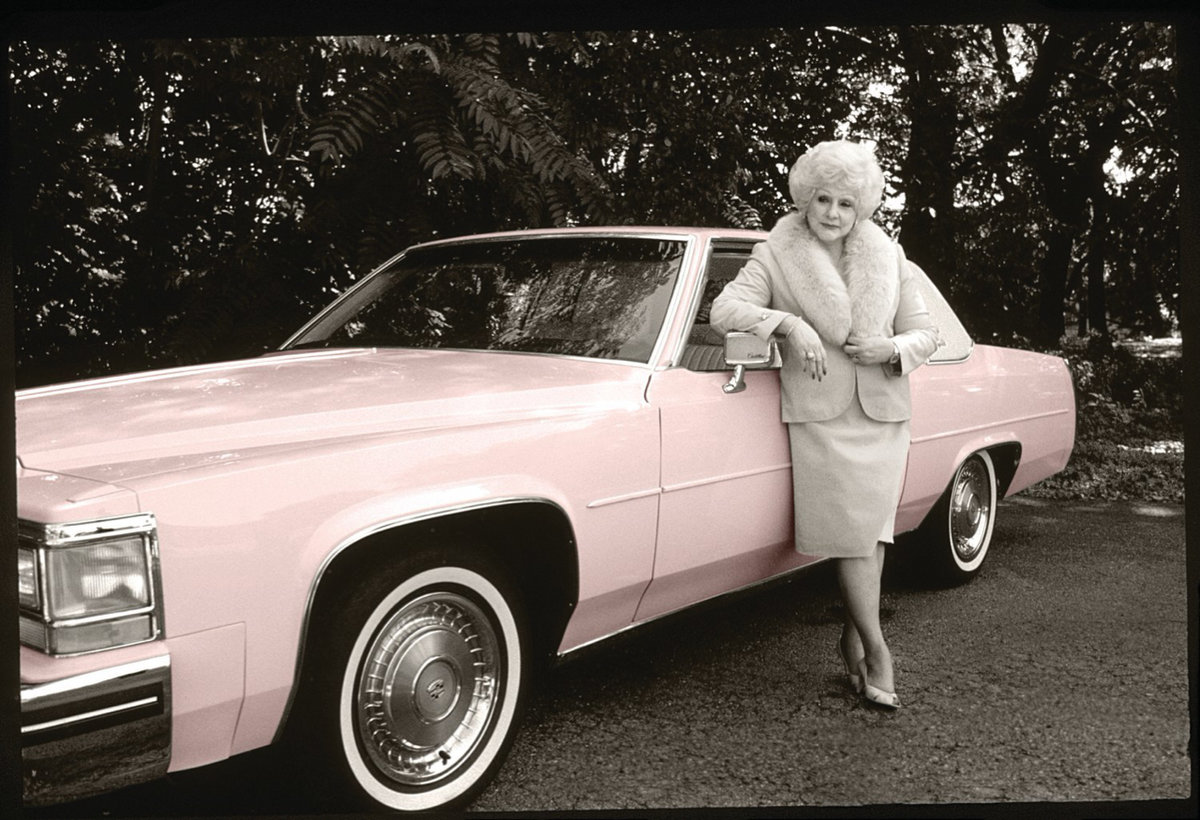HPM Learning Event - Standard Work for Leaders |
Tuesday, January 16, 2024 |
HPM Learning Event - Standard Work for Leaders
January 16, 2024

We focused on Standard Work for Leaders in our Advanced Learning series for Continuous Improvement.
This video will provide insights about the thinking, what you need to know as a leader before you implement, the approach to implementation, and how to utilize the thinking as a learning tool for continuous improvement.
Video - Standardized Work for Leaders
We will launch several Standard Work for Leaders pilots with HPM Consortium members.
Please feel free to contact me to find out more about consortium membership.
Thank you
Scott
| Scott Smith at 3:47 PM |
| add a comment |
|
| Learning Leadership Lean Thinking Continuous Improvement |








